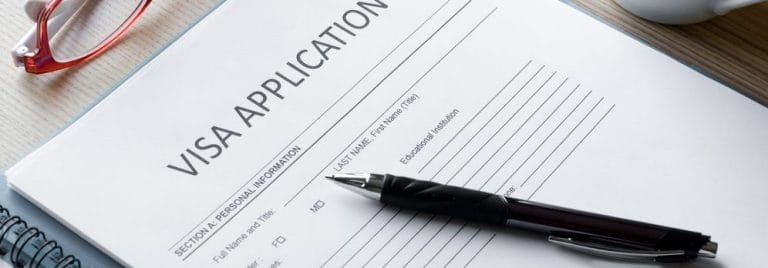
Categories

It’s no secret that many U.S. companies need foreign-born workers to help fill high-skilled positions, especially in the STEM (science, technology, engineering and math) fields. A common path for these workers is a degree from a U.S. institution, followed by optional practical training (OPT) employment with a U.S. company, and then a temporary work visa (such as the H-1B visa). Foreign students have increasingly flocked to U.S. institutions over the past decades, making the United States the number one destination in the world for international students. Moreover, many international students excel academically and are at the forefront of their professions. Last month, the Rhodes Trust announced the latest winners of the Rhodes Scholarship and almost half of the 32 U.S. recipients were immigrants or first-generation Americans. The recipients include a student with Deferred Action for Childhood Arrivals (DACA) status – the first DACA recipient in Rhodes history.
But from 2016 to 2017, the number of international students coming to the U.S. fell 2.2% at the undergraduate level and 5.5% at the graduate level, according to the National Science Foundation. Last month, an “Open Doors” report from the Institute of International Education and the U.S. State Department found that this trend was not an anomaly, but continuing, as enrollment of new international students in the fall of 2017 fell 6%. The November Creighton University Mid-America Business Conditions Index also expressed concern over a continuing shortage of high-skilled workers, as reported by supply managers for nine Midwest states, including Arkansas.
This has some concerned that the Trump Administration’s “America First” policies are deterring students and future high-skilled workers from coming to the U.S. In August, the CEOs of Apple, Coca-Cola, Tyson Foods and dozens of other companies wrote the Trump Administration to express concern that its stance on legal immigration “undermines economic growth and American competitiveness and creates anxiety for employees who follow the law.”
But is the Trump Administration’s immigration agenda the cause of the drop in enrollment? While some students may forgo an opportunity to study in the U.S. because of the “Trump effect,” there are likely many factors influencing the overall drop. For example, some countries that have traditionally encouraged study abroad (like Saudi Arabia) have scaled back government-funded programs. There’s also increasing competitiveness for international students from other English-speaking countries like Australia and Canada, coupled with the rising cost of higher education in the U.S. But while enrollment numbers are going down, the total number of international students present in the U.S. has gone up. This is because of an increase in students utilizing the OPT program, which was expanded under the Obama Administration to allow STEM graduates to work in the area of his/her field of study for up to 36 months after graduating.
International students heavily populate fields like engineering and computer science. A continuing drop in enrollment of international students likely will lead to fewer qualified workers in these fields in the future, despite the continued high number of foreign students available for work today. Even if these students find OPT employment, many will not be able to transfer to a temporary work visa (such as the H-1B) because of strict numerical limitations. And, in December 2018, the Trump administration proposed new regulations that could greatly change the selection process for H-1B visas, set to begin in a few months, creating more uncertainty for specialty-occupation employers. If the Trump Administration continues to focus on repealing Obama-era regulations and scales back the OPT program altogether, it would exacerbate the overall shortage of STEM workers. It’s also worth noting that in 2017, international students contributed $42.4 billion to the American economy in the form of tuition, housing and other education-related costs. Thus, fewer international students could jeopardize the overall health of educational programs that have come to rely on their tuition contributions. Regardless of whether Trump’s policies (or rhetoric) are a major cause of the current drop in enrollment, they clearly are not designed to attract the international students that often pursue careers in the STEM fields that American businesses need to fill. Companies that rely on STEM workers will likely continue to see a shortage of high skilled workers in 2019.






































































